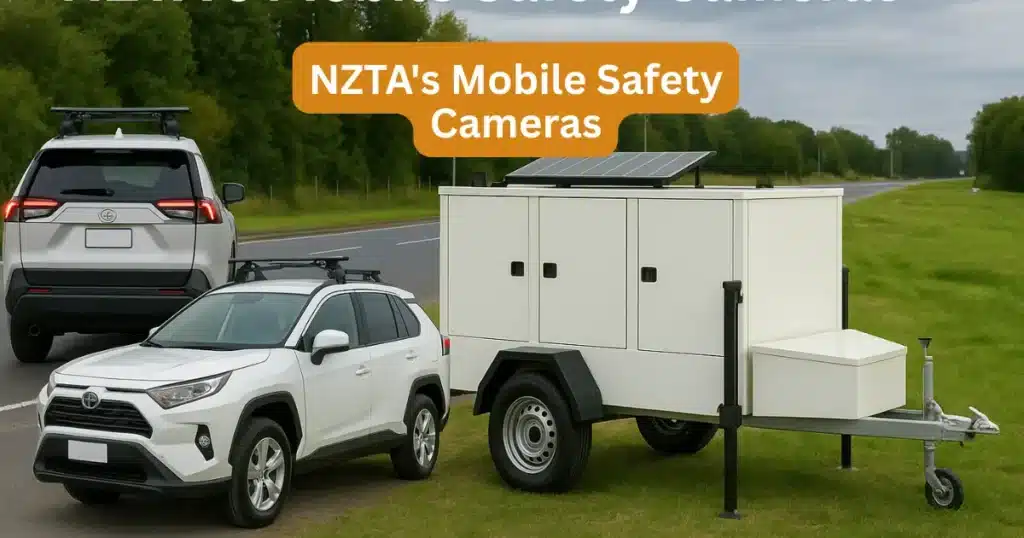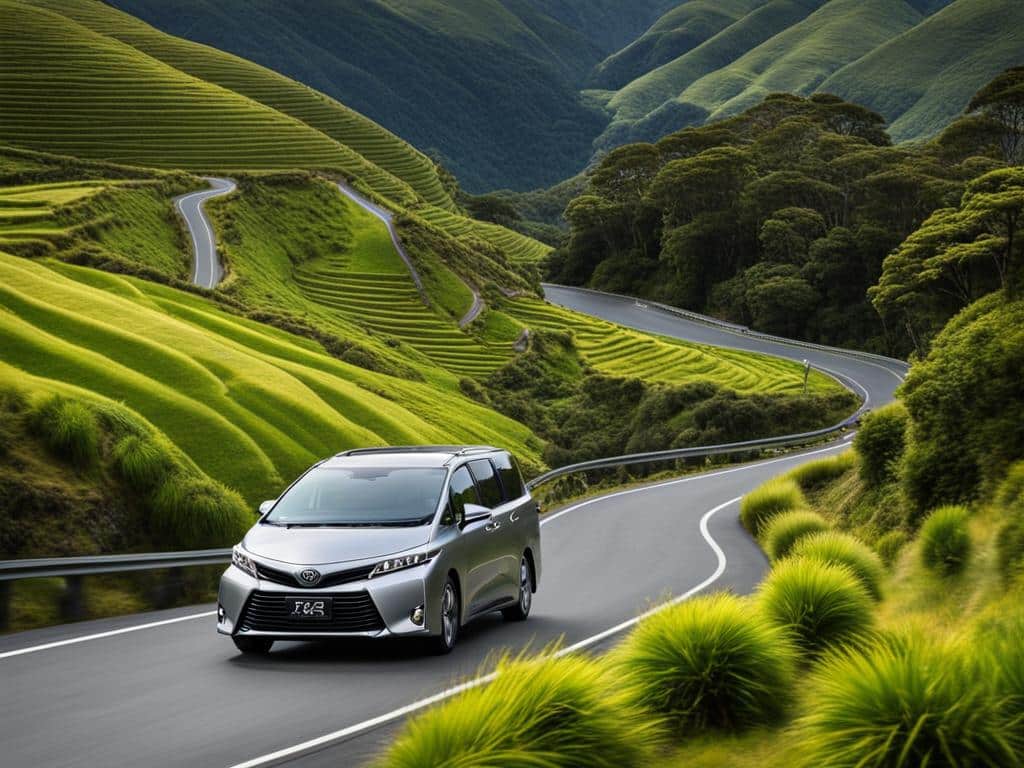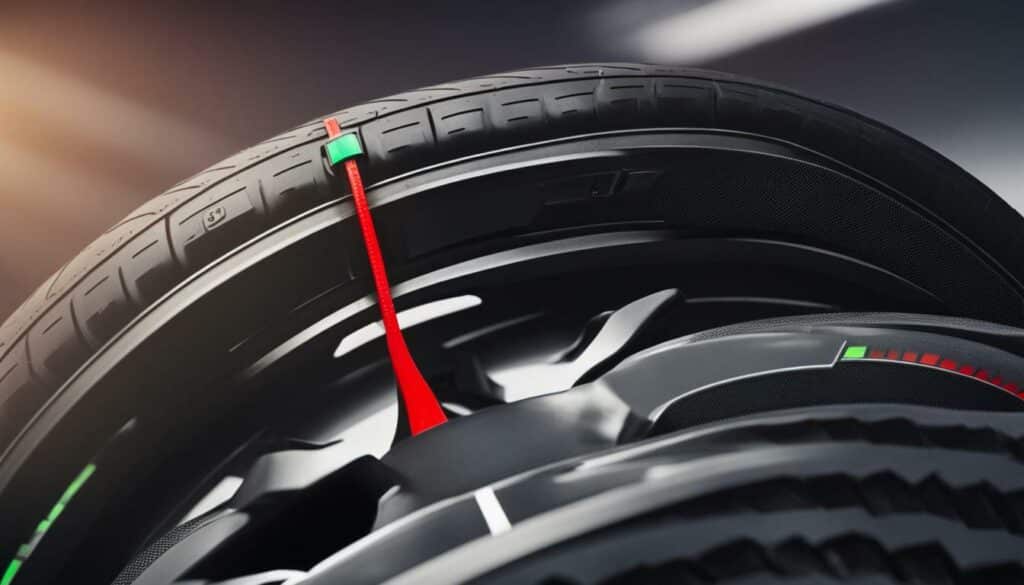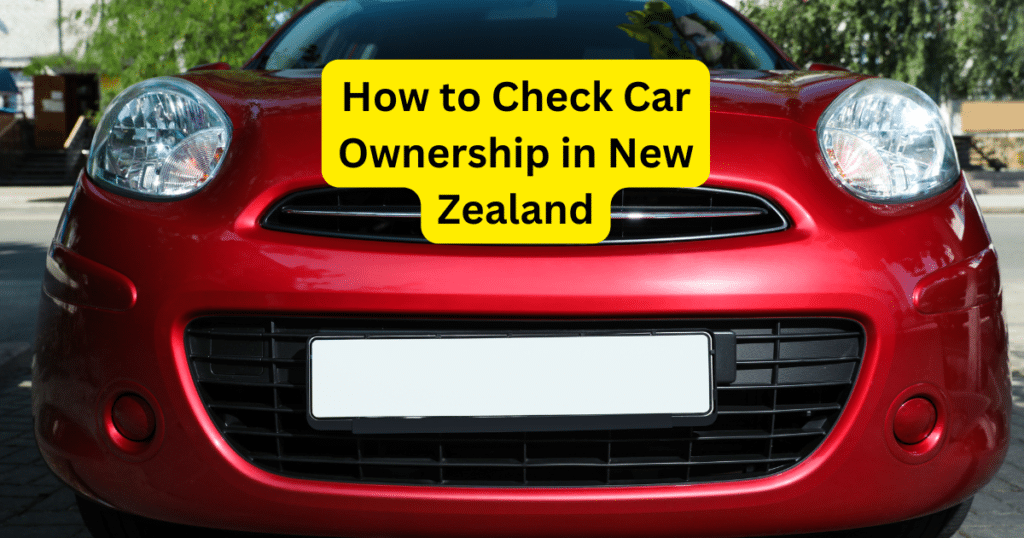As an automotive enthusiast and expert based in New Zealand, I’ve always been passionate about road safety and the technologies that support it. The recent rollout of mobile safety cameras by the NZ Transport Agency (NZTA) marks a significant step in our country’s efforts to enhance road safety. In this post, I’ll share my insights and opinions on this development, aiming to provide you with a comprehensive understanding of what these changes mean for drivers across Aotearoa.
What Are Mobile Safety Cameras?
Mobile safety cameras are radar-equipped devices mounted on vehicles or trailers, designed to detect and record speeding vehicles. Unlike fixed cameras, these are movable and can be deployed across various locations to monitor traffic and enforce speed limits.
How Do They Work?
These cameras utilize radar technology to measure the speed of passing vehicles. They can detect speeding vehicles in both directions and from either side of the road. The system includes multiple cameras to ensure accurate speed measurement and proper setup verification.
Deployment and Operation
On 13 May 2025, NZTA rolled out its first mobile safety camera SUV in Auckland. This marked the beginning of a new chapter in speed enforcement, with a camera-equipped unbranded SUV parking up on roadsides across the city to detect speeding vehicles.
From 1 July 2025, NZTA officially took over full responsibility for all safety cameras in New Zealand. The New Zealand Police are no longer operating their mobile camera vans, although officers will continue issuing infringement notices for offences they personally detect.
Over the coming months, additional unbranded SUVs and trailers will be introduced to expand mobile enforcement across the country. These cameras won’t be hidden, nor will they carry signage or branding — but they will be clearly visible to motorists.
NZTA operates these mobile safety cameras nationwide, following clear guidelines to ensure fairness and effectiveness:
- Visibility: Cameras are not hidden; they are placed in open view without being disguised by roadside features.
- Placement Rules:
- Not within 250 meters of the end of an overtaking lane or a speed limit drop.
- Not near merge lanes, intersections, or service roads.
- Legally parked, with exemptions sought from local authorities when necessary.
- Distance from Other Enforcement:
- At least 1 km away from another operational camera or police patrol in zones ≤70 km/h.
- At least 2 km away in zones >70 km/h.
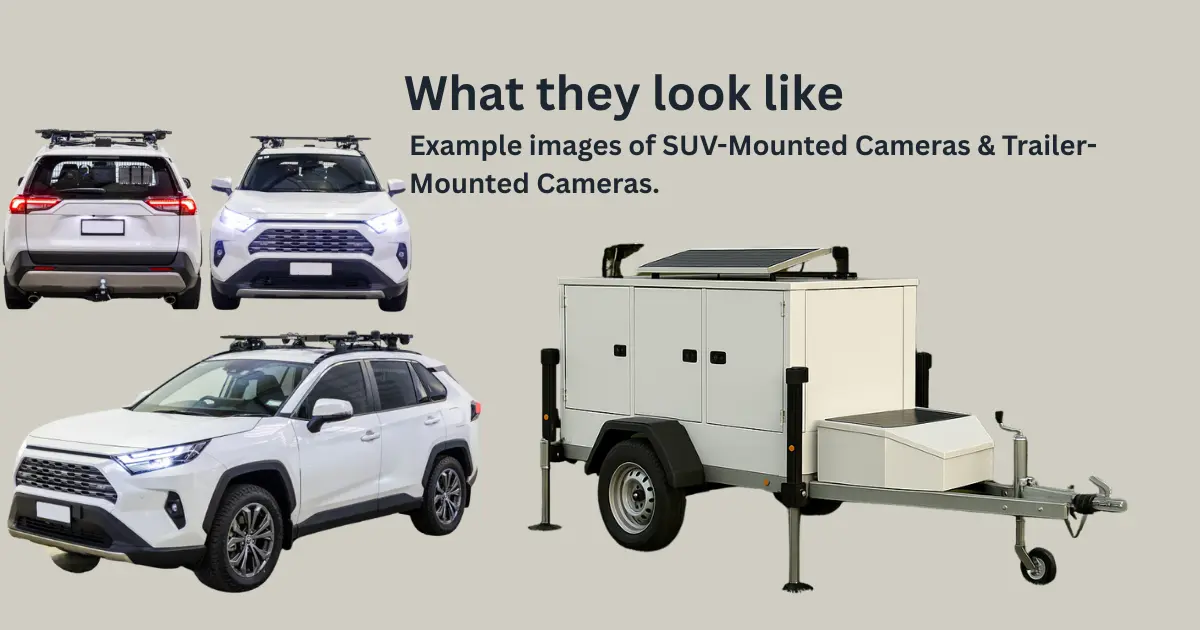
Types of Mobile Safety Cameras
NZTA employs two main types of mobile safety cameras:
- SUV-Mounted Cameras:
- Unmarked SUVs equipped with radar and camera systems.
- Staffed by trained NZTA operators who can cover multiple sites in a day.
- Trailer-Mounted Cameras:
- Unmarked trailers with the same detection tech.
- Can be left unattended for long-term monitoring in strategic locations.
Effectiveness of Mobile Safety Cameras
Mobile safety cameras are expected to reduce road deaths and serious injuries by around 15% in the areas they’re deployed. This is a significant gain, especially when combined with their general deterrent effect: when drivers don’t know where a camera might be, they’re more likely to stick to the speed limit everywhere.
Privacy and Data Handling
NZTA has strict policies in place to protect privacy:
- Data is only used for speed enforcement and safety analysis.
- Images are reviewed by NZTA enforcement officers — not private contractors.
- Acusensus NZ, the service provider, supplies equipment and staff, but they don’t process or issue fines.
- There are no financial incentives tied to the number of tickets issued.
A Step in the Right Direction
As someone who spends a lot of time on New Zealand’s roads, I genuinely see these changes as positive. The use of transparent, well-placed mobile safety cameras — paired with rigorous testing, fair deployment rules, and privacy safeguards — shows that NZTA is committed to safety without sacrificing trust.
So next time you’re cruising through Auckland or anywhere else in NZ, keep an eye out. You might spot an unmarked SUV or trailer by the roadside. It’s not out to trick you — it’s there to keep us all a little safer. For more information and official updates, check out the NZTA Mobile Safety Cameras page.
